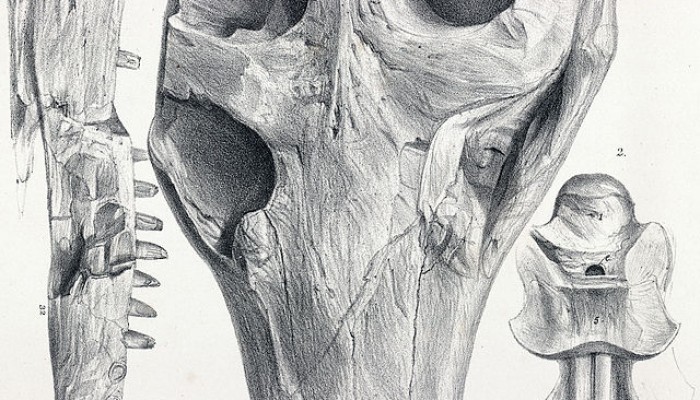So the last couple of posts have been a bit of an eclectic mix of open access-y stuff and some of the research I’ve been doing on crocodiles as part of my PhD. This one is gonna be a bit of a change, about research that I recently published following my masters project a couple of years back. Weirdly, this was on the snouts of ruminants, and what they can tell us about their ecology.
The whole idea behind the project was to test previous research – to what degree can we use the different snout shapes exhibited by ruminant species to infer their ecology, based on feeding style. Traditionally, ruminants are classified into two groups – browsers and grazers – with the former being ascribed ‘pointed’ snout shapes, and the latter a more ‘blunt’ shape, for a more random cropping process when eating. We wanted to see what degree this was accurate.


